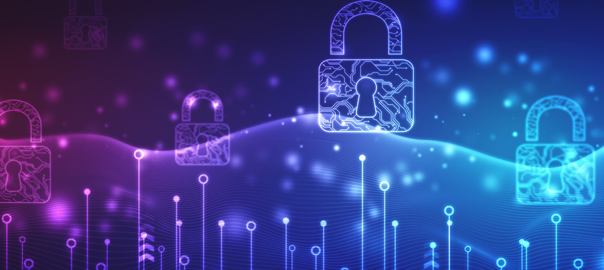The ongoing development of digital technology has been highly beneficial for businesses globally. Processing data is faster, reaching customers is much easier, and everything is much more efficient. But with these benefits, there is also a growing cause of concern with cybersecurity risks. Hackers have access to the same advanced tech. They have used it to their advantage to get private information.
What Are the Top Cybersecurity Risks Today?
Each year brings with it new trends in terms of online risks. If you are a business owner, stay aware of the latest threats to keep your business safe and protected. Here are some of the newest threats you should know about.
Vehicle Hacking
Many cars today come with software that makes travel more efficient and safer. It is ironic, though, that these new safety features also bring with them a different safety hazard.
With the wireless tech used in these systems, users can also become exposed to several threats. Hackers will target the most unsecured of these systems to tap into the mic or even secure control of vehicles. If you plan on using this tech, be ready with suitable cybersecurity measures to counter these threats.
Artificial Intelligence
For some time now, AI has helped to create security systems, such as face detection. But AI is also being used by hackers in this modern time. Some AI-based malware can bypass advanced security protocols and secure access to private information.
Mobile Malware Attacks
The growth of cell phones in the last decade has been amazing. Today, almost everyone owns a mobile device. Many people even have two or three that they use, not just for personal use but also for work purposes.
Naturally, hackers are taking advantage of this growth. Not only are there millions of prospective victims, but most mobile devices are not even that protected. That is why this community is a gold mine for hackers to collect your data.
Cloud Threats
The cloud is another place for new risks. There have always been strict security measures applied on clouds because they can be risky. But with the increased use of these online comes an increased risk of data leaks or unauthorized access.
Cloud apps come with security protocols. However, as a business owner, you should have your own cyber security measures in place for added protection.
Human Error
Amidst all the new cybersecurity risks, the fact remains that human error is the most common cause of data and network security issues. Even with the most advanced security measures, your company will still be at risk for attack unless you educate your employees.
Businesses must conduct training regularly for their employees. Likewise, it is wise to do constant surprise readiness checks to see how aware and prepared your staff is to handle online threats like phishing and malware attacks.
Preparation is the Best Defense Against Cybersecurity Risks
New cybersecurity risks will always appear, and there’s not much we can do about it. Make sure your business is as protected as it can be from these modern threats.
We can help your defences in multiple ways. Can set up the most secure cybersecurity system for your company. Equip you with the knowledge and skills to protect your data and network. We can train your staff. Turn them into an efficient first line of defence against any online threat.
If you are ready to take your defences to the next level, call us and we will set you up. And you can start your new Employee Training today and have everyone in your office watch our Free Cybersecurity Webinar.



